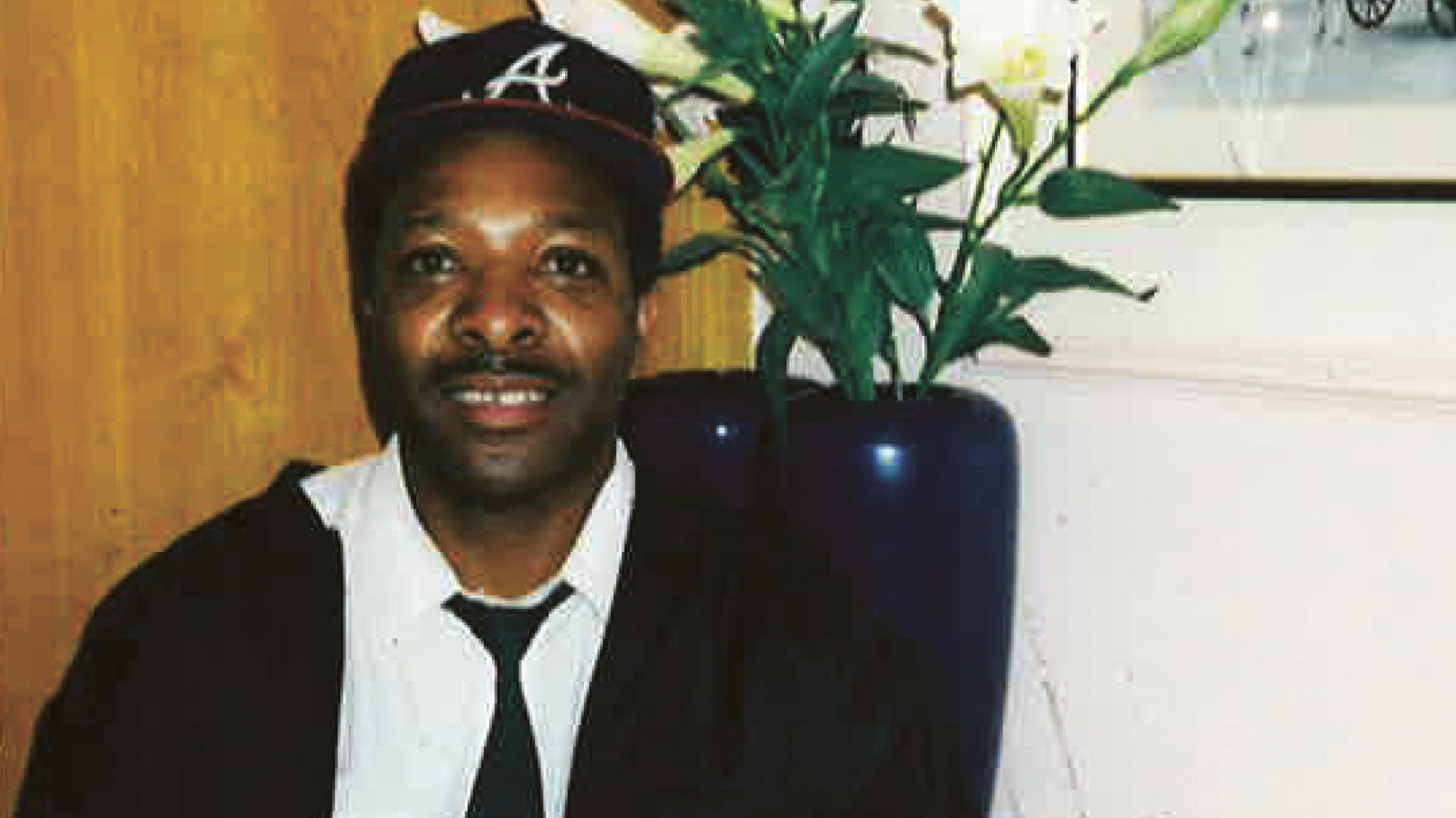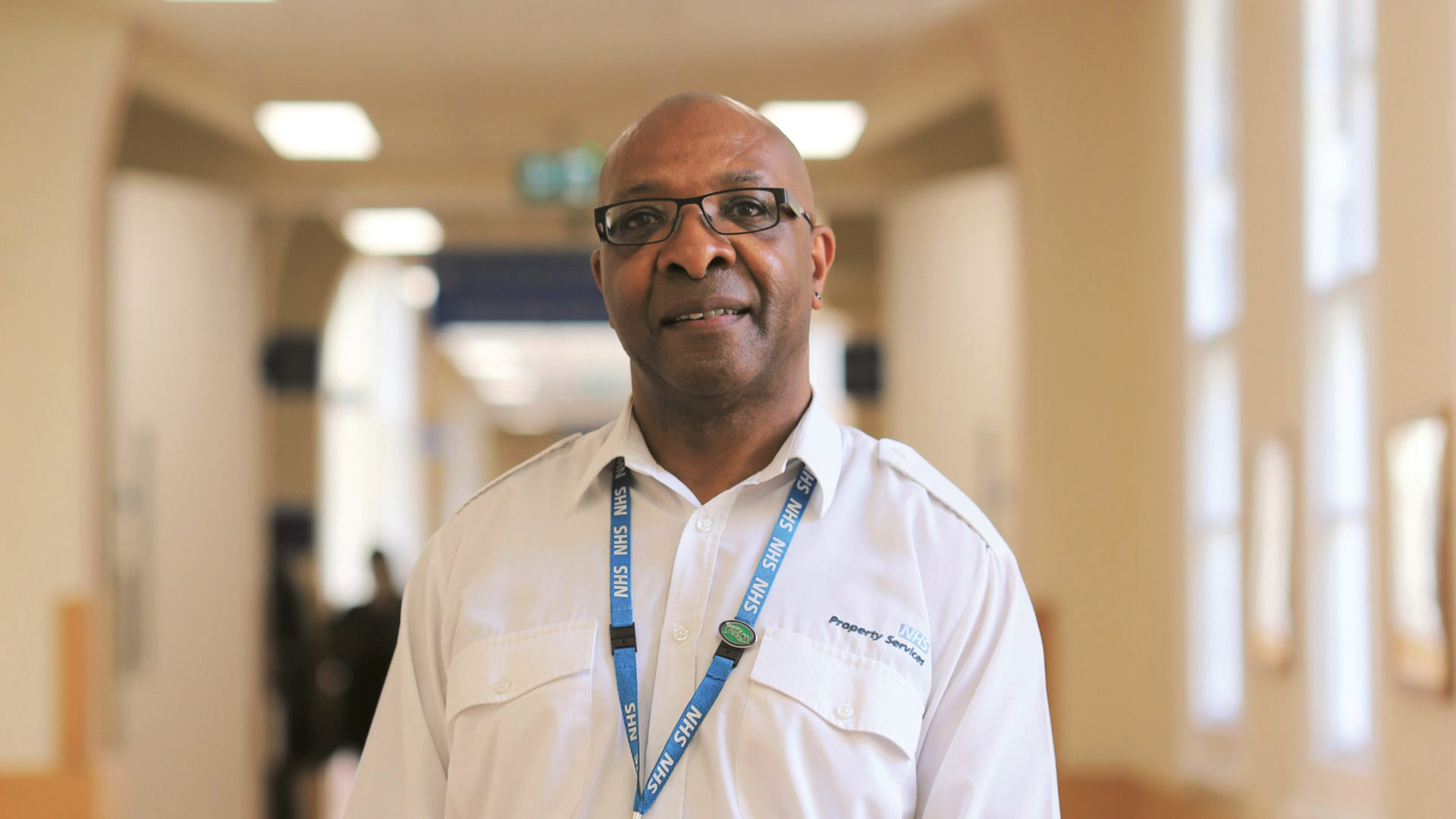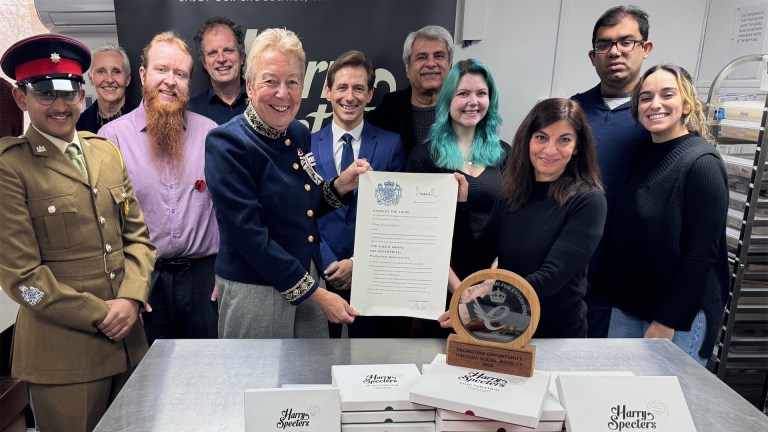When Lee Pearson’s step-mother suggested he apply for a porter’s job at St Mary’s Hospital in London where she worked, back in 1977, he wasn’t too sure. He did like the idea of helping people. But, at the age of 18, he didn’t know if he could cope with transporting dead bodies to the morgue.
“I asked my two good friends if this was something they would do. They both said: ‘No, you’re mad.’” he recalls. “But then I went home and lay down on my bed. I looked up to the ceiling and I spoke to God. I said: ‘God, if I asked my friends to lend me a fiver, they would lend it to me. But if I asked a second time, they would say: ‘Why don’t you get a job?’ So I went for my interview. They showed me around and I said to myself: ‘I’m going to take this job. And I’m going to keep it’.”
That was almost 45 years ago. From the day he set foot in St Mary’s until now, Pearson, 63, has been at the beating heart of the NHS. Serving as a porter, domestic worker, receptionist and general assistant, in different London hospitals, and for several years as an ambulance driver, he has watched the health service evolve and grow. He has stuck with it through times of investment and times of crisis, the worst of which has been the pandemic.

His long shifts mean he has spent more time in hospitals than anywhere else; but he has enjoyed almost every minute of it. “I was so young when I started,” he says, “so the best thing was working with older people. They taught me a lot, they looked after me. It was like a home from home, and the love I got from everyone kept me there.”
As the second eldest of seven siblings – and with his older brother in Jamaica – Pearson understood the importance of steady employment as he helped his family stay afloat in difficult times.
His efforts helped keep the hospitals – St Mary’s, St Charles, Soho Walk-in-Centre, Princess Louise Nursing Home – running smoothly. Today he is employed by NHS Property Services as a general assistant back at St Charles. In his years of uninterrupted service, he has worked in pharmacies, in pathology labs, in A&E; he has kept the sites clear of rubbish, collected prescriptions, specimens and samples; he has transported patients for X-ray and the renal dialysis unit; he has taken and laid out the deceased with dignity for relatives to view.









